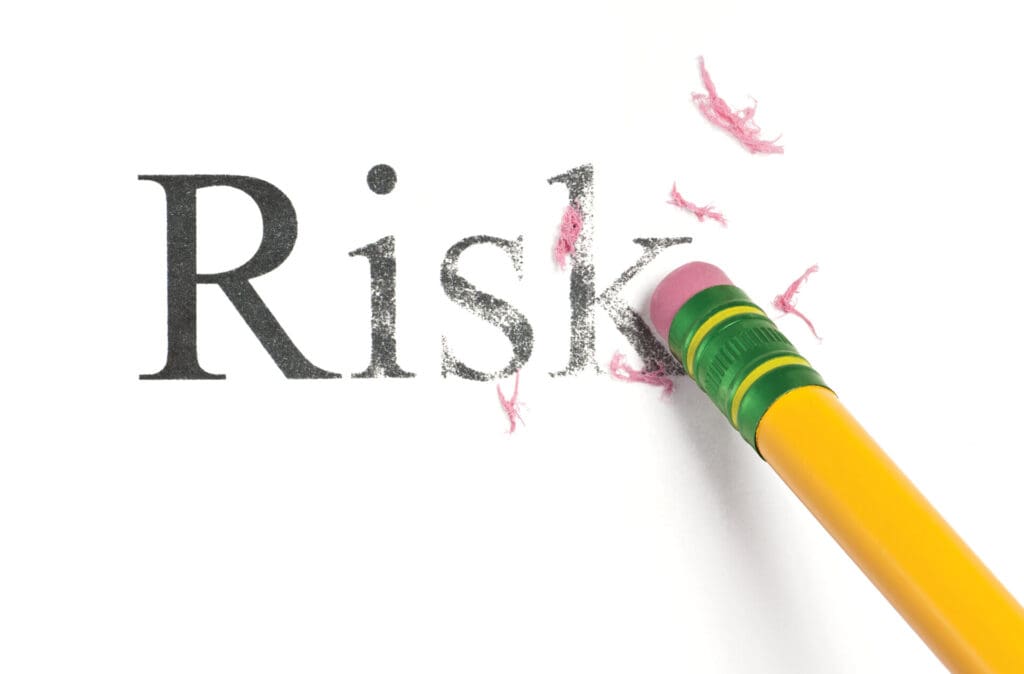- 833-KNK-HELP (833-565-4357)
- (877) 821-4008

What is “Risk Adjustment” in HH?
In the context of OASIS E, risk adjustment involves evaluating various factors related to the patient’s health status, medical history, functional abilities, and potential for adverse outcomes. These factors are considered to adjust the scoring and classification of the patient’s OASIS assessment, ensuring that their level of risk is appropriately captured for care planning, reimbursement, and quality reporting purposes.
When completing the OASIS E assessment, healthcare professionals gather information and document specific items related to risk adjustment. This may include evaluating the patient’s clinical conditions, symptoms, diagnoses, medications, wounds, cognitive status, and functional abilities. The responses to these assessment items help determine the patient’s risk level and adjust the subsequent scores and classifications accordingly.
By performing risk adjustment, the OASIS E assessment provides a standardized and comprehensive framework for assessing patients’ needs in home health settings. It helps ensure that patients with higher risk levels are identified accurately, leading to appropriate care planning and resource allocation to meet their complex needs. Additionally, risk adjustment assists in establishing accurate reimbursement rates and quality reporting based on the patient’s acuity, contributing to fair and equitable healthcare operations.
At K&K we strive to make sure our partners collect the most accurate OASIS-E possible. We feel by leaning into accuracy and collecting the most honest data regarding a patient and their current situation and needs, our partner agencies face far less risk in the event of an audit. Be wary of those that want to inflate the risk adjustment to maximize payment as this could just be setting your agency up for failure when audited by CMS.
